- Beams
- Trusses
- Frames
- Bracing
- Spheres
- Roof Trusses
- Grillages
- Surfaces
- Curved Surfaces
- Solids
- Concrete Structures
- Steel Structures
- Masonry Structures
- Timber Structures
- Mechanical Engineering
- Process Manufacturing Plants
- Piping Systems
- Bridges
- Cranes and Craneways
- Towers and Masts
- Lift Shafts
- Power Plants
- Escalators
- Glass Structures
- Tensile Membrane Structures
- Cable and Tensile Structures
- Hybrid Structure Systems
- Laminate and CLT Structures
- Hydraulic Steel Engineering
- Buildings
- Temporary Structures
- Aluminum and Lightweight Structures
- Scaffolding and Rack Structures
- Offshore Structures
- Silos and Storage Tanks
- Pressure Vessels
- Renewable Energy Structures
- Shipbuilding and Floating Bodies
- Conveyor Structures
- Drilling Structures and Drilling Masts
- Swimming Pools and Water Parks
- Container Structures
- Foundations
- Stairway Structures
- Facade Structures
- Shelters and Roofings
- Billboard and Traffic Sign Structures
- Connections
- Wind Simulation
- Others
- Geotechnics
- Welded Sections
- Thin-Walled Sections
- Massive Sections
- Aluminum Extruded
- Built-up Sections
- Other Sections
- Description
- Reviews (0)
This model shows a guyed mast used to measure wind speed when evaluating planned wind farms. The mast reaches heights of up to 150 m and is mounted on undeveloped land along a planned windmill axis. The structure is based on triangular steel tube trusses with three sets of prestressed cables per level for optimal stabilization. To ensure accurate measurement data, anemometers and weather vanes are correctly positioned in accordance with ISO 61400-12-1. Structural analysis and design were carried out by Lasser Eólica S.L. in Madrid, Spain (© Lasser Eólica S.L.).
| 5 star | ||
| 4 star | ||
| 3 star | ||
| 2 star | ||
| 1 star |
| 5 star | 0 | |
| 4 star | 0 | |
| 3 star | 0 | |
| 2 star | 0 | |
| 1 star | 0 |
Guyed Wind Mast
| Number of Nodes | 1829 |
| Number of Members | 2455 |
| Number of Load Cases | 8 |
| Number of Load Combinations | 40 |
| Number of Result Combinations | 2 |
| Total Weight | 3,294 t |
| Dimensions (Metric) | 104.423 x 90.500 x 101.100 m |
| Dimensions (Imperial) | 342.6 x 296.92 x 331.69 feet |
| Program Version | 8.23.00 |

The new generation of 3D FEA software is used for the structural analysis of members, surfaces, and solids.
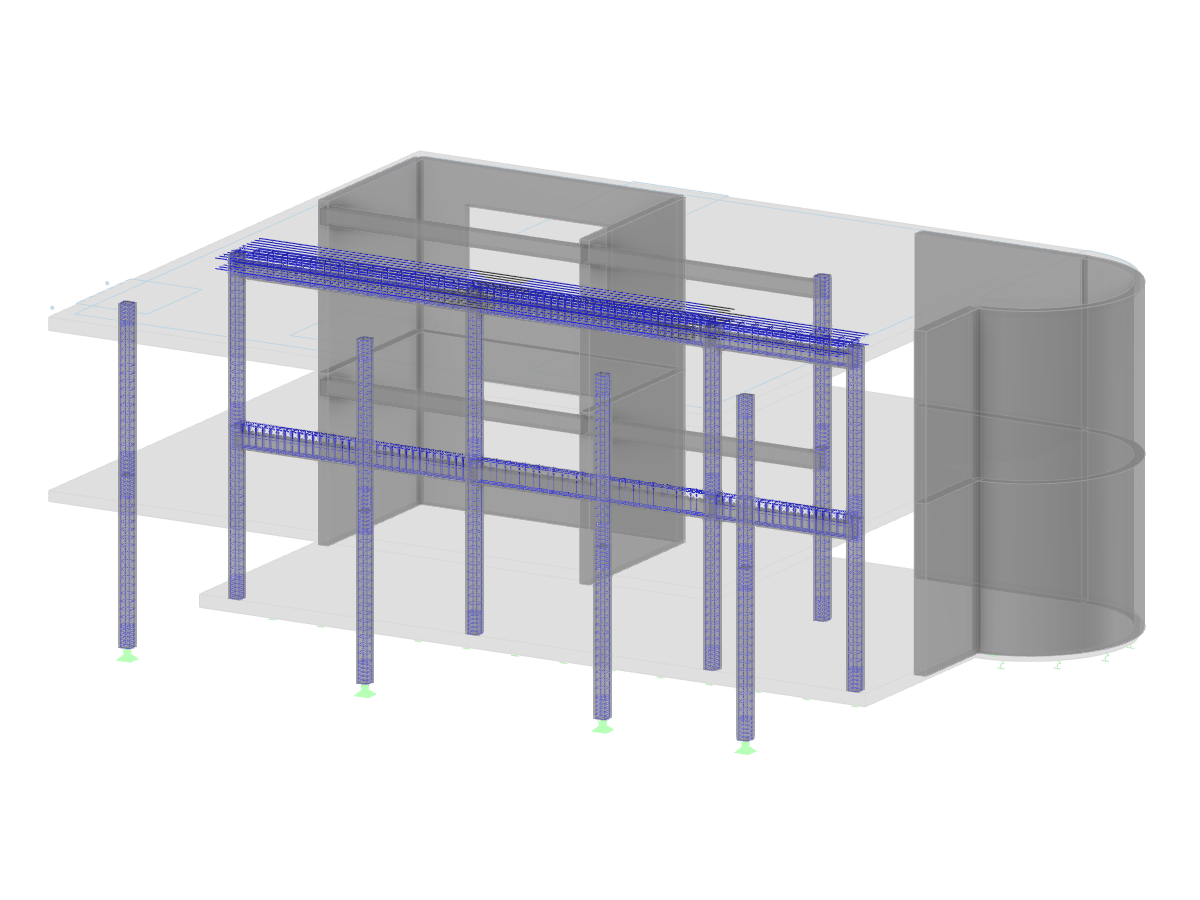
The Concrete Design add-on allows for various design checks according to international standards. You can design members, surfaces, and columns, as well as perform punching and deformation analyses.
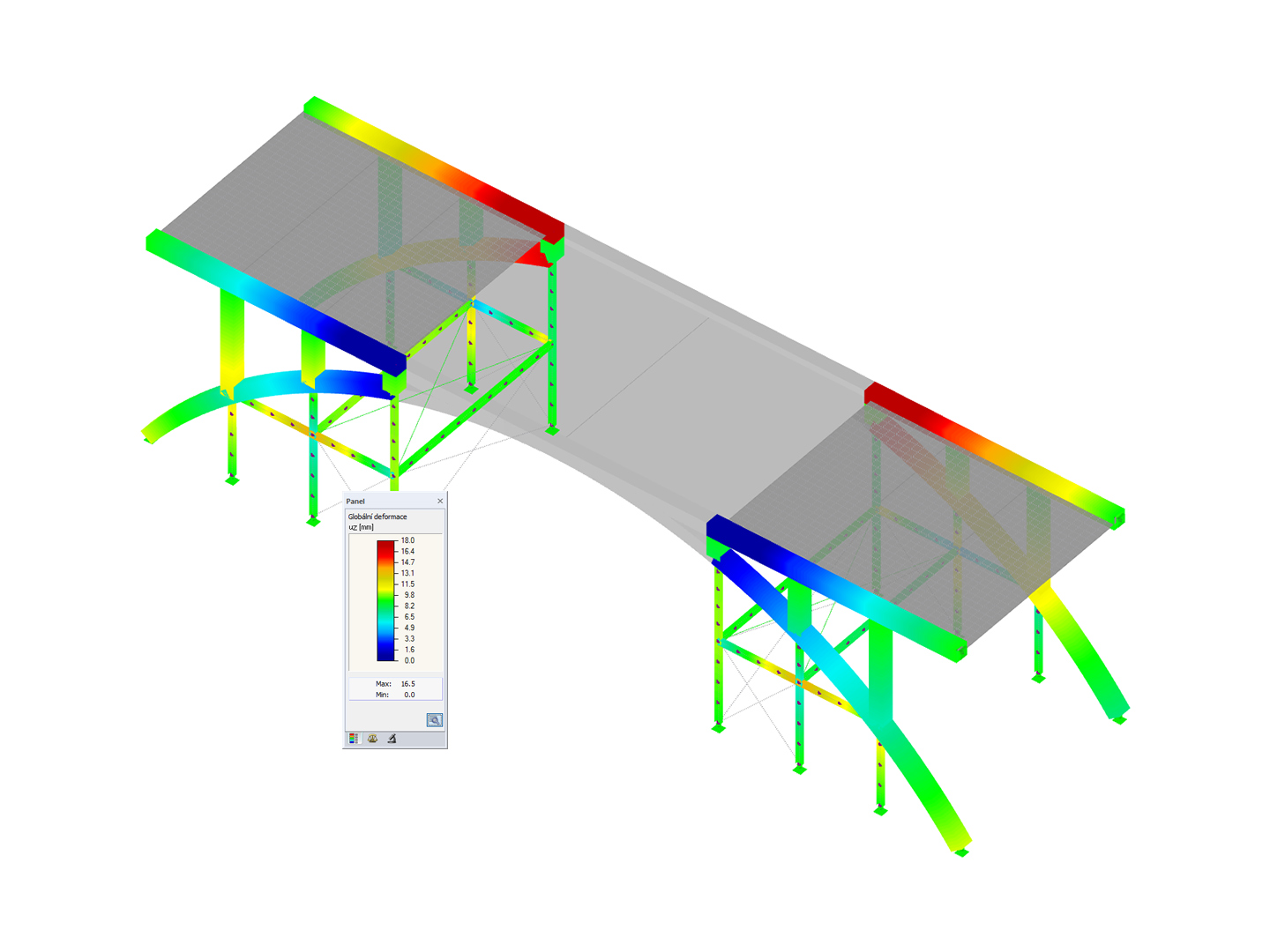
The Construction Stages Analysis (CSA) add-on allows for considering the construction process of structures (member, surface, and solid structures) in RFEM.
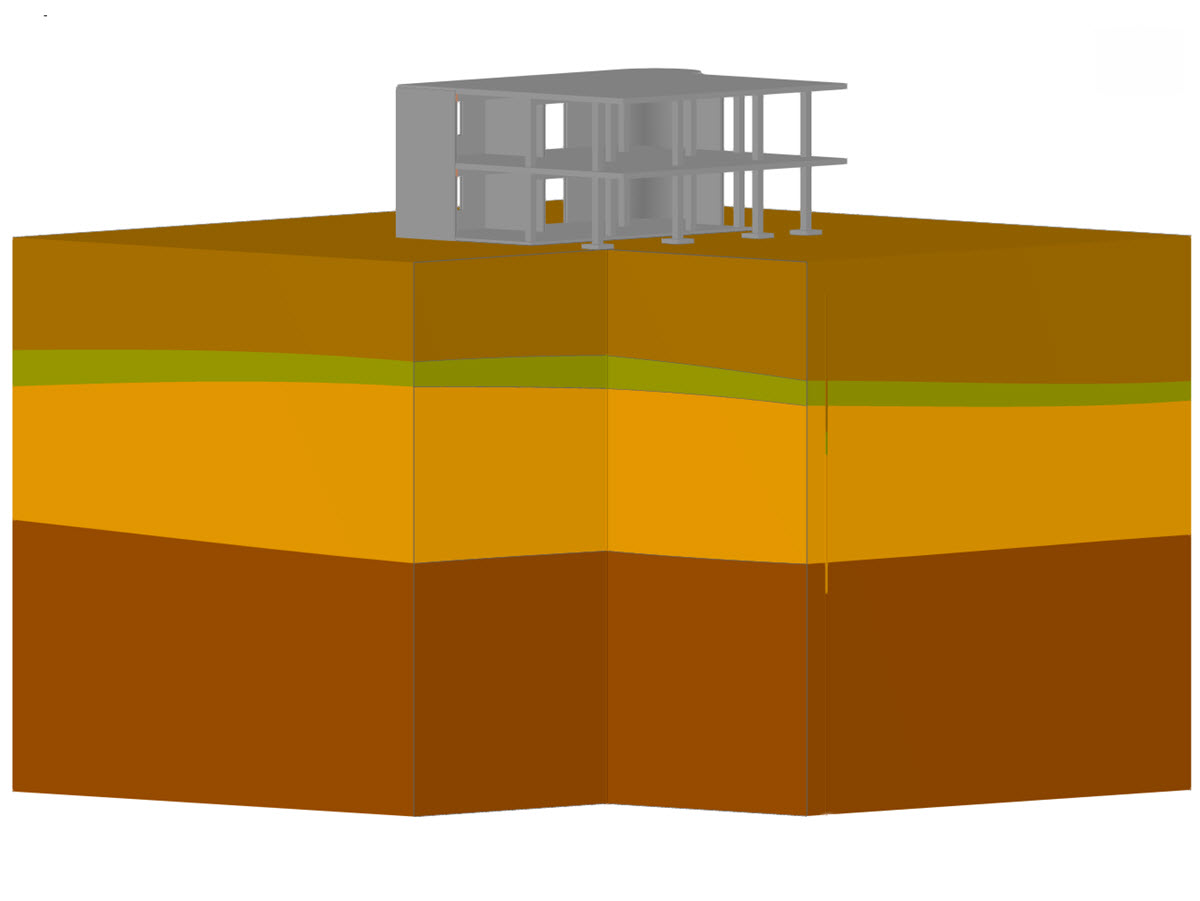
In RFEM, the Geotechnical Analysis add-on uses properties from soil samples to determine the soil body to be analyzed. The accurate determination of soil conditions significantly affects the quality of the structural analysis of buildings.
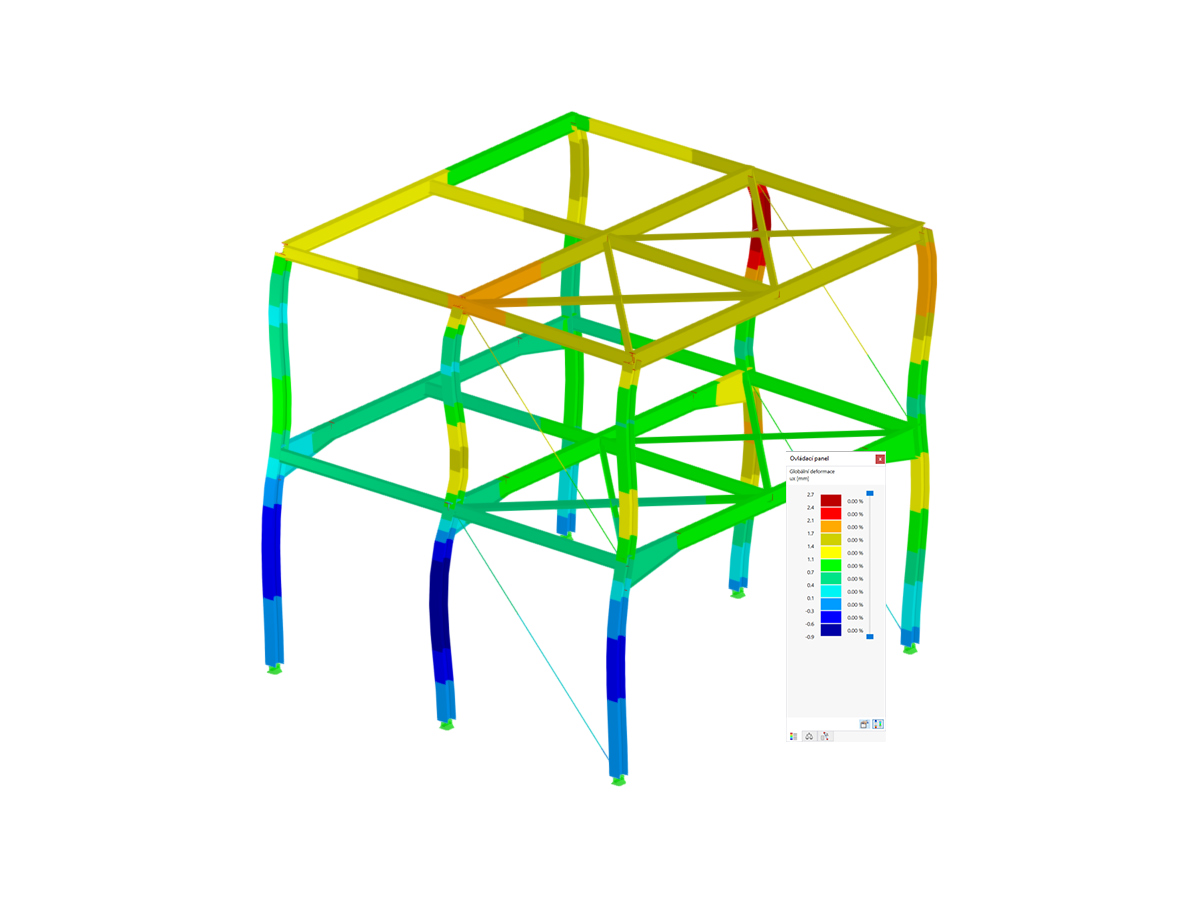
The Modal Analysis add-on allows for the calculation of eigenvalues, natural frequencies, and natural periods for member, surface, and solid models.
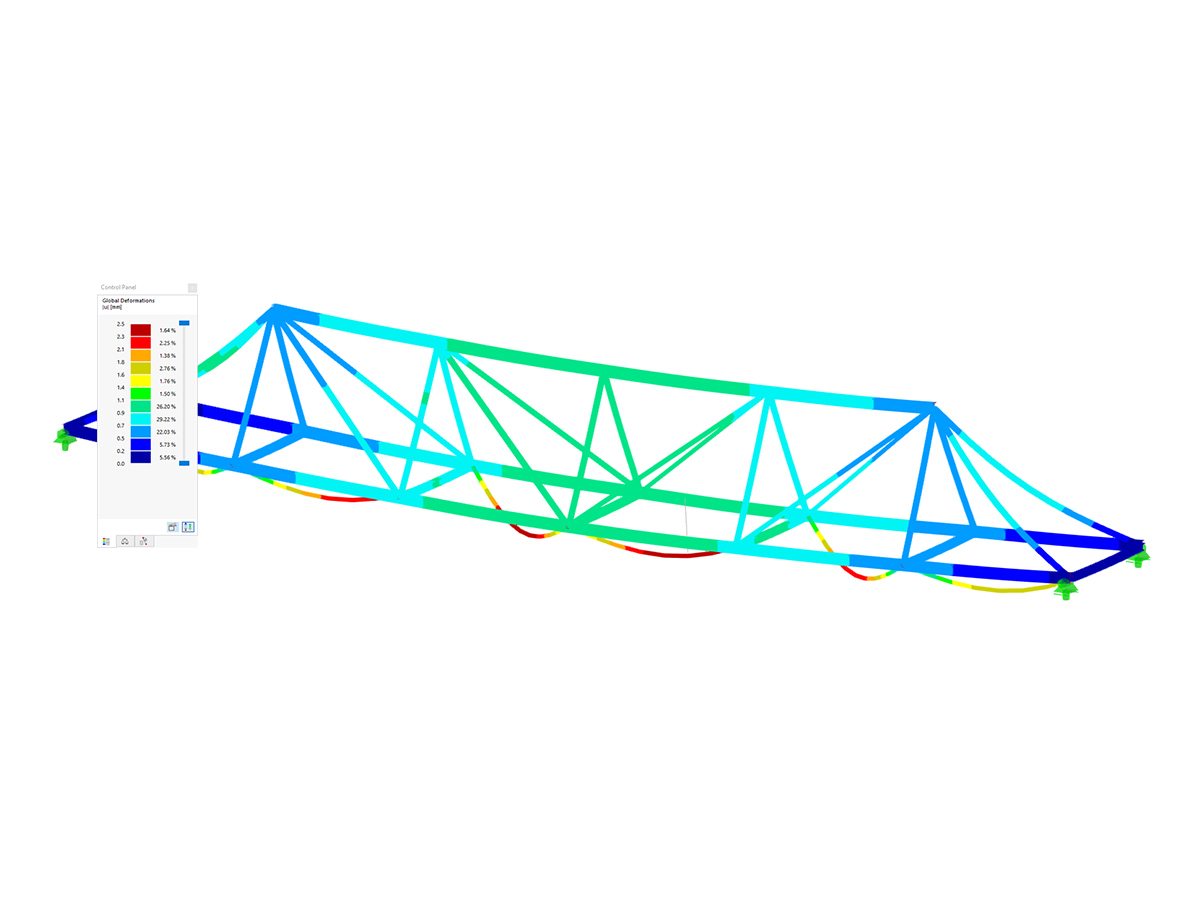
The Response Spectrum Analysis add-on performs seismic analysis using multi-modal response spectrum analysis. The spectra required for this can be created in compliance with the standards or can be user-defined. The equivalent static forces are generated from them. The add-on includes an extensive library of accelerograms from seismic zones that can be used to generate the response spectra.
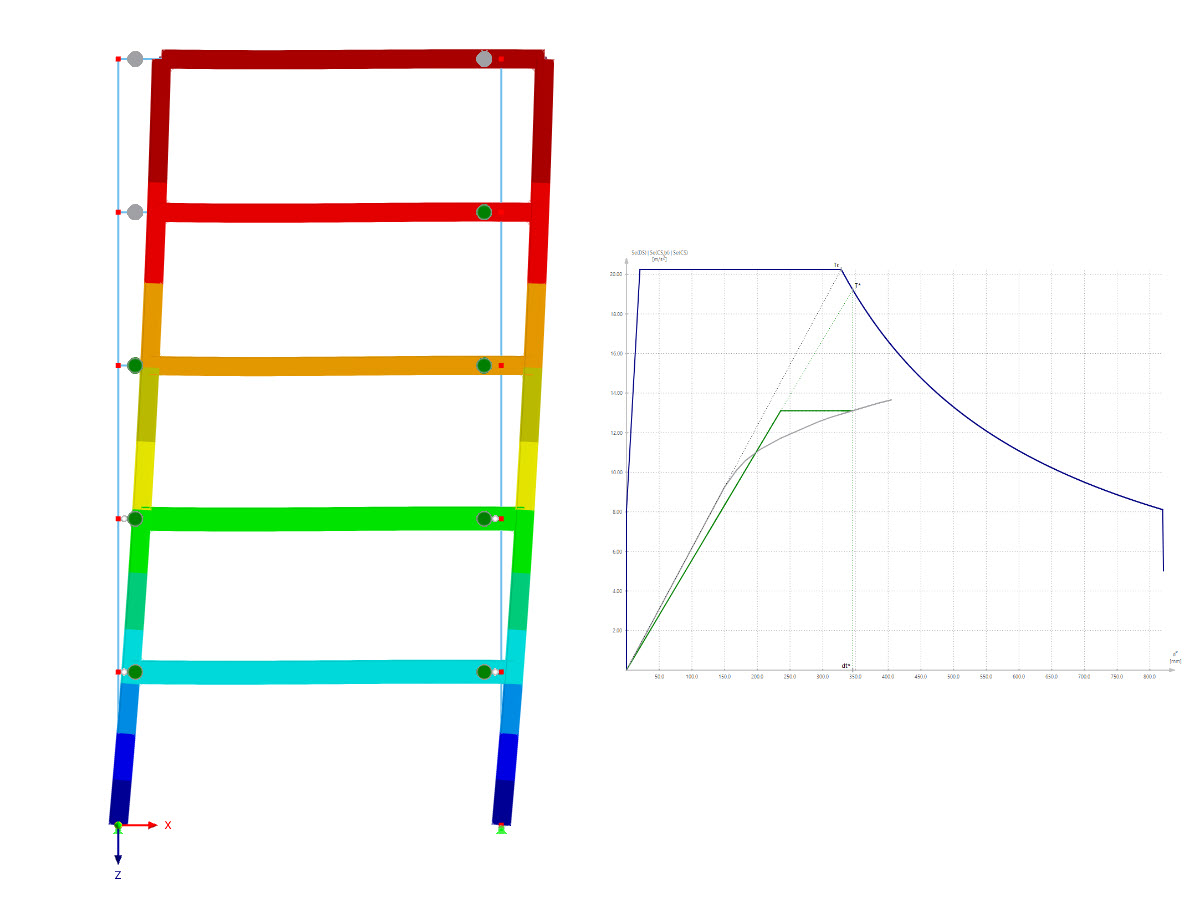
Using the Pushover Analysis add-on, you can analyze the seismic actions on a particular building, and thus assess whether the building can withstand an earthquake.

The Building Model add-on for RFEM allows you to define and manipulate a building using stories. The stories can be adjusted in many ways afterwards. The information about stories and the entire model (center of gravity) is displayed in tables and graphics.
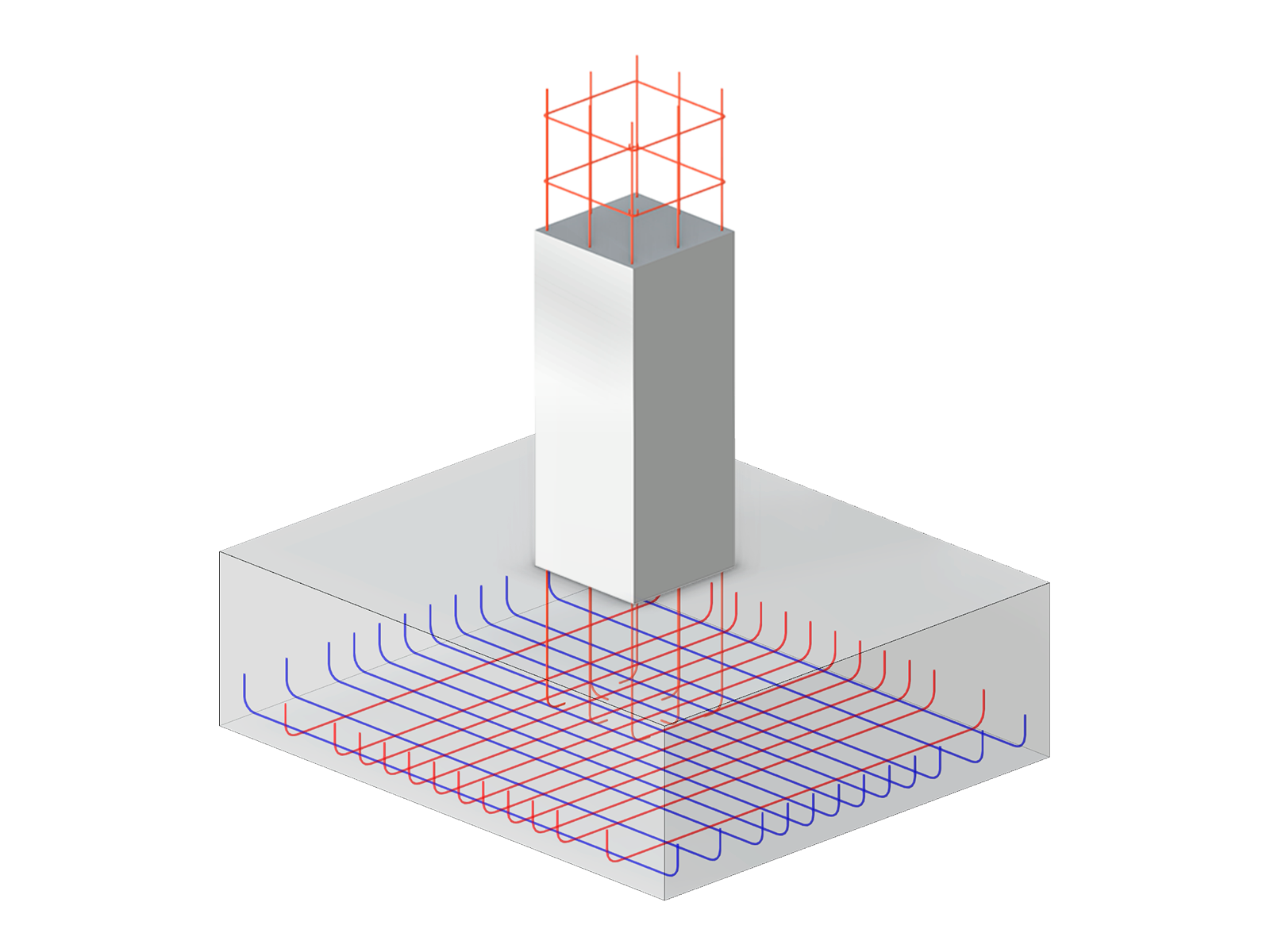
With the Concrete Foundations add-on, you can design square and rectangular individual foundations. In addition to the reinforced concrete design, geotechnical verifications are also carried out. You also determine automatic reinforcement suggestions and receive detailed reinforcement plans and 3D renderings of the foundation structures.
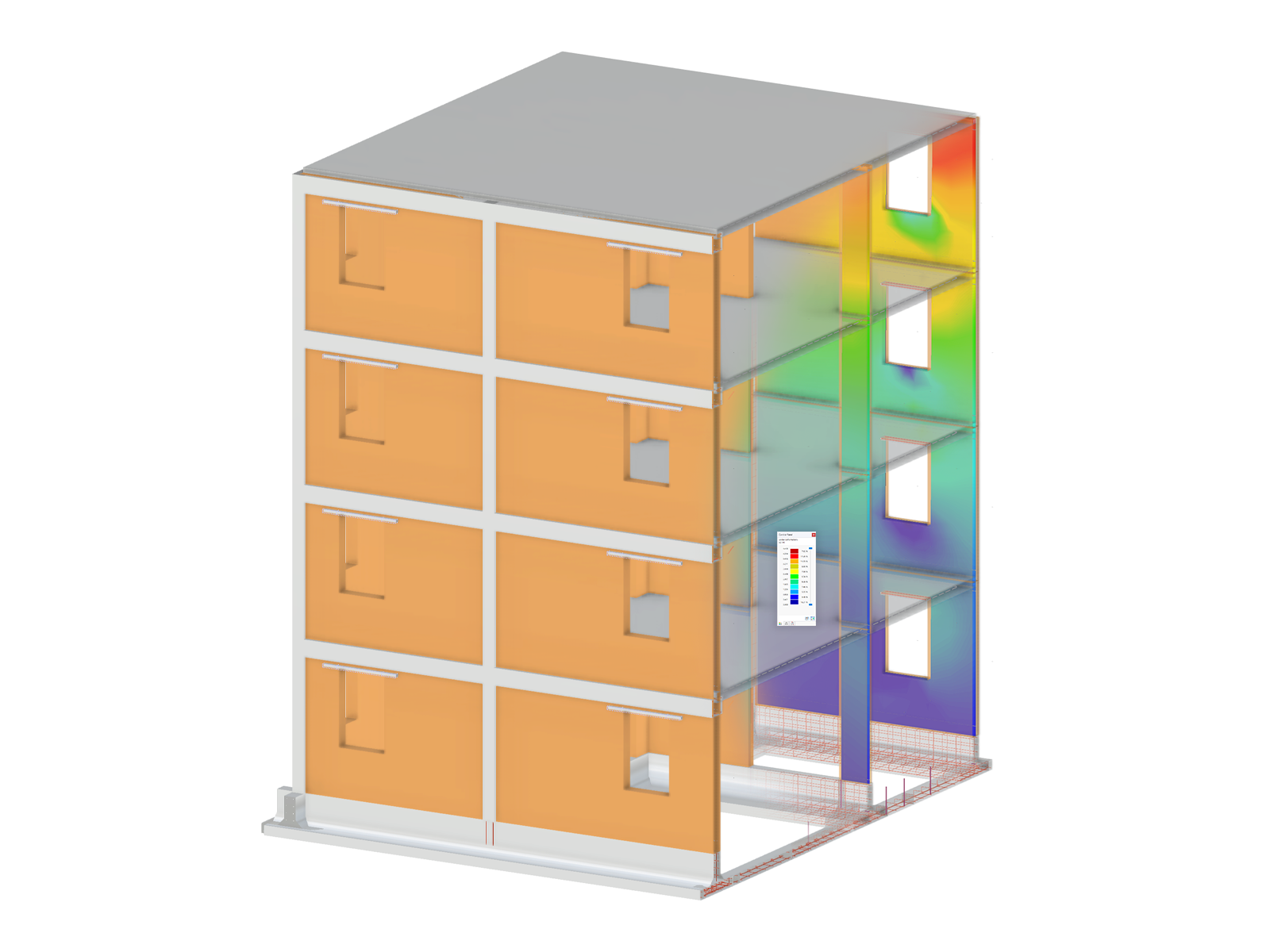
The Masonry Design add-on for RFEM allows you to design masonry using the finite element method. It was developed as part of the research project titled DDMaS – Digitizing the Design of Masonry Structures. The material model represents the nonlinear behavior of the brick-mortar combination in the form of macro-modeling.

The Steel Design add-on performs the ultimate and serviceability limit state design checks of steel members according to various standards.
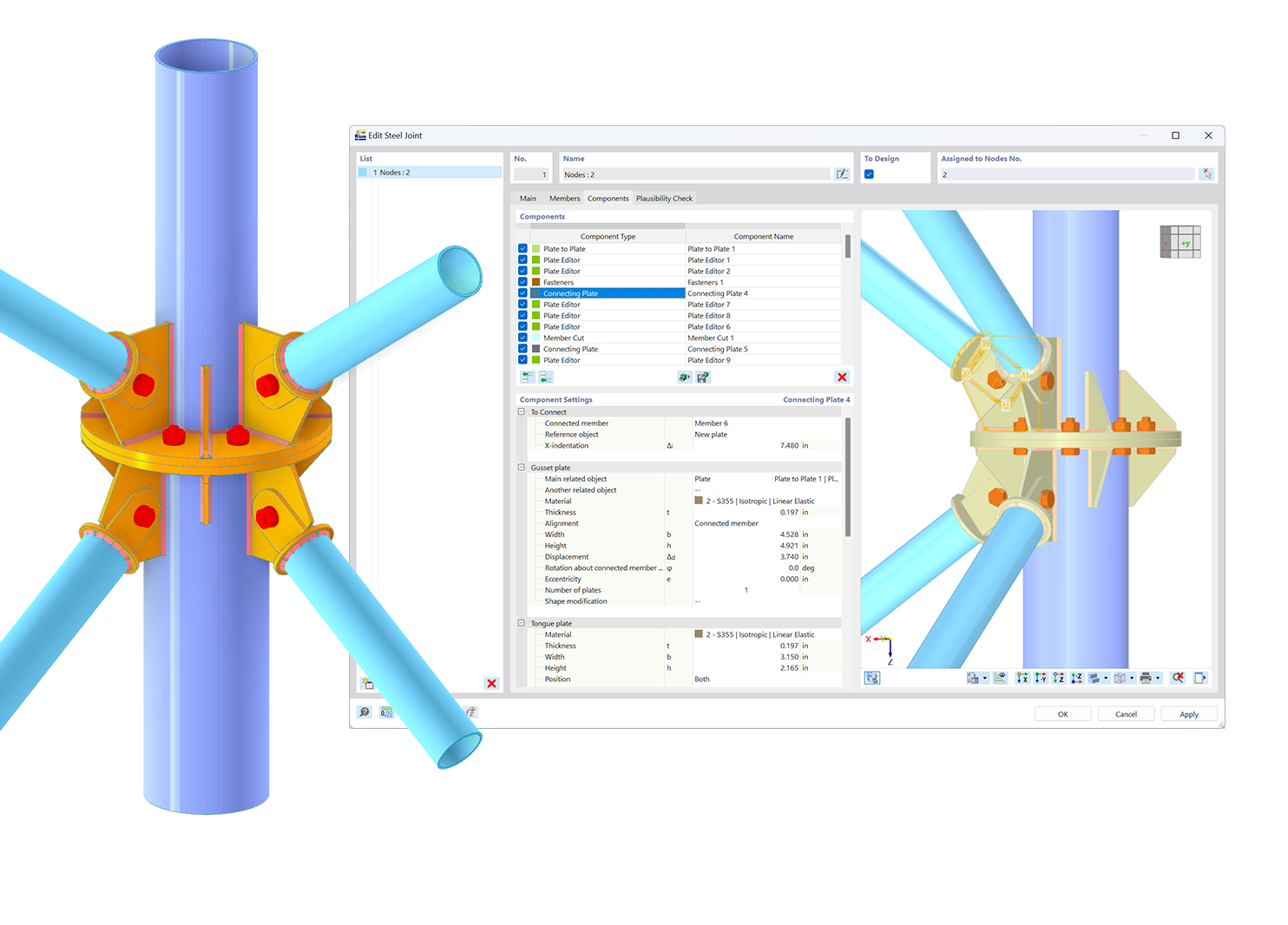.png?mw=600&hash=49b6a289915d28aa461360f7308b092631b1446e)
The Steel Joints add-on for RFEM allows you to analyze steel connections using an FE model. The FE model is generated automatically in the background and can be controlled via the simple and familiar input of components.
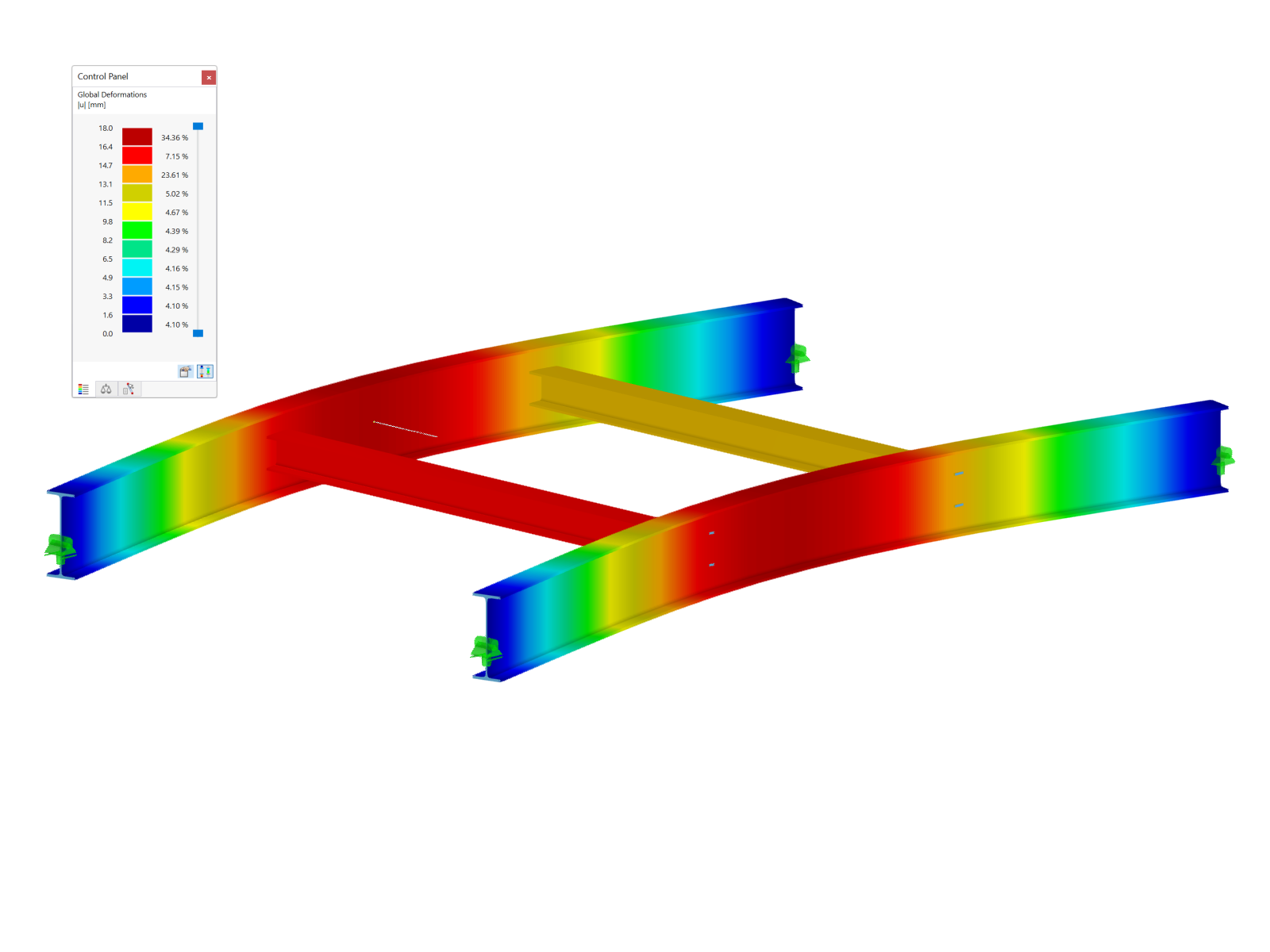
The Torsional Warping (7 DOF) add-on allows you to consider cross-section warping as an additional degree of freedom.
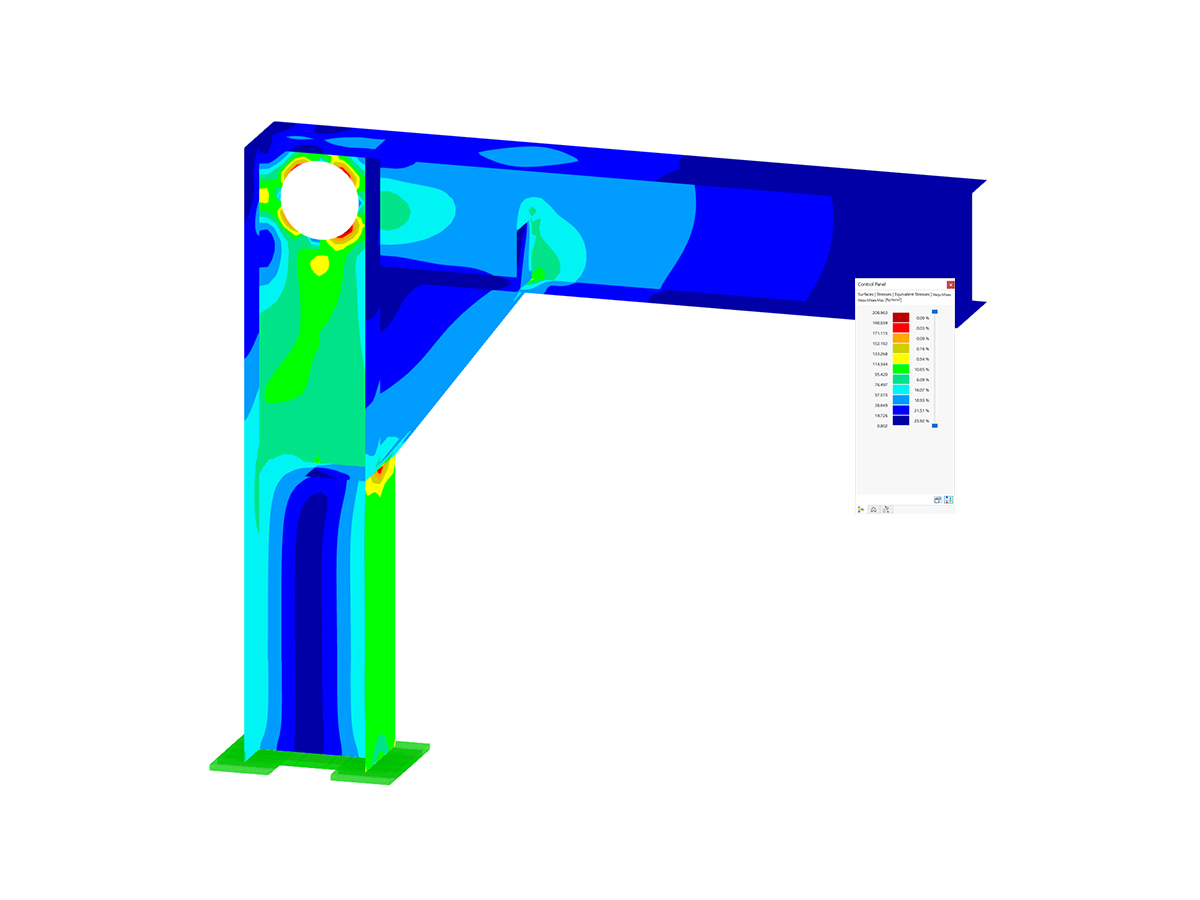
The Nonlinear Material Behavior add-on allows you to consider material nonlinearities in RFEM for example, isotropic plastic, orthotropic plastic, isotropic damage).
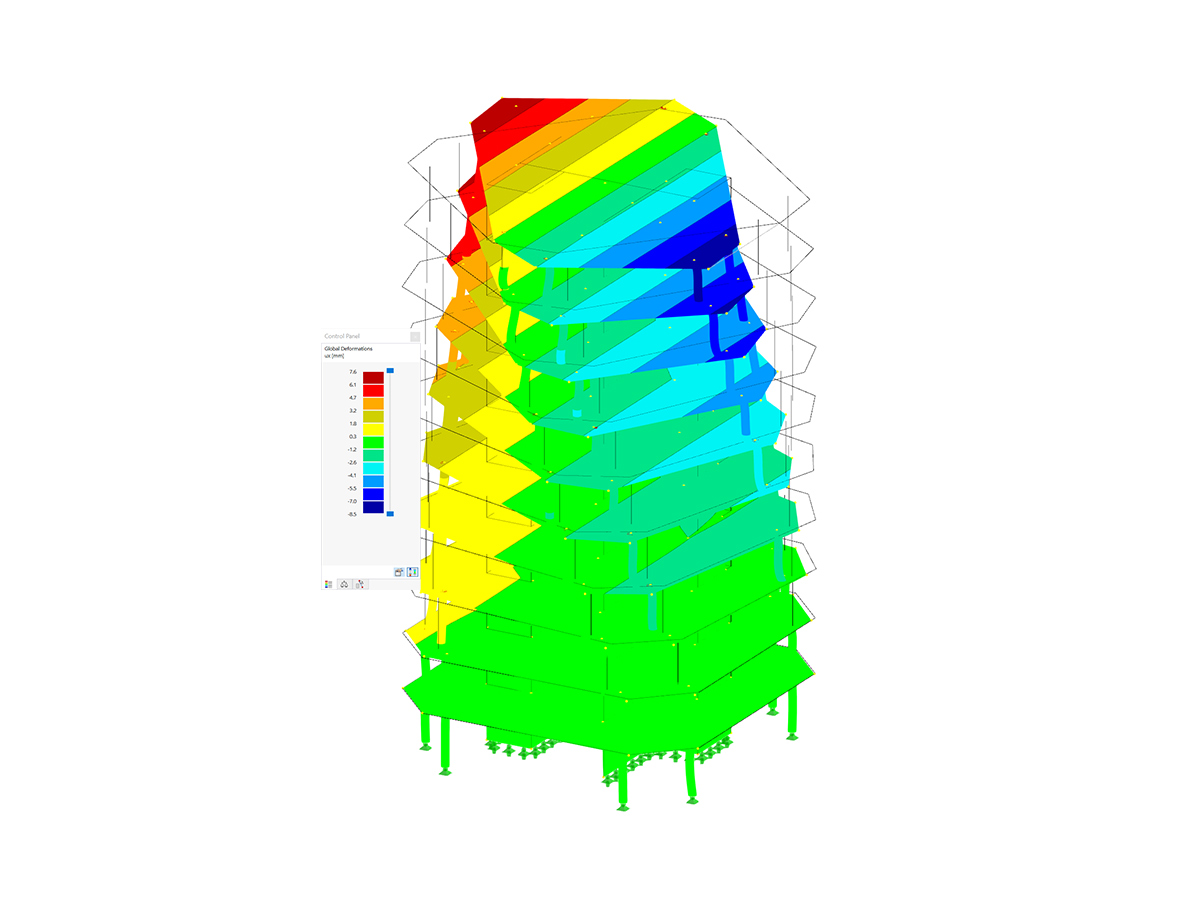
The Structure Stability add-on performs stability analysis of structures. It determines critical load factors and the corresponding stability modes.
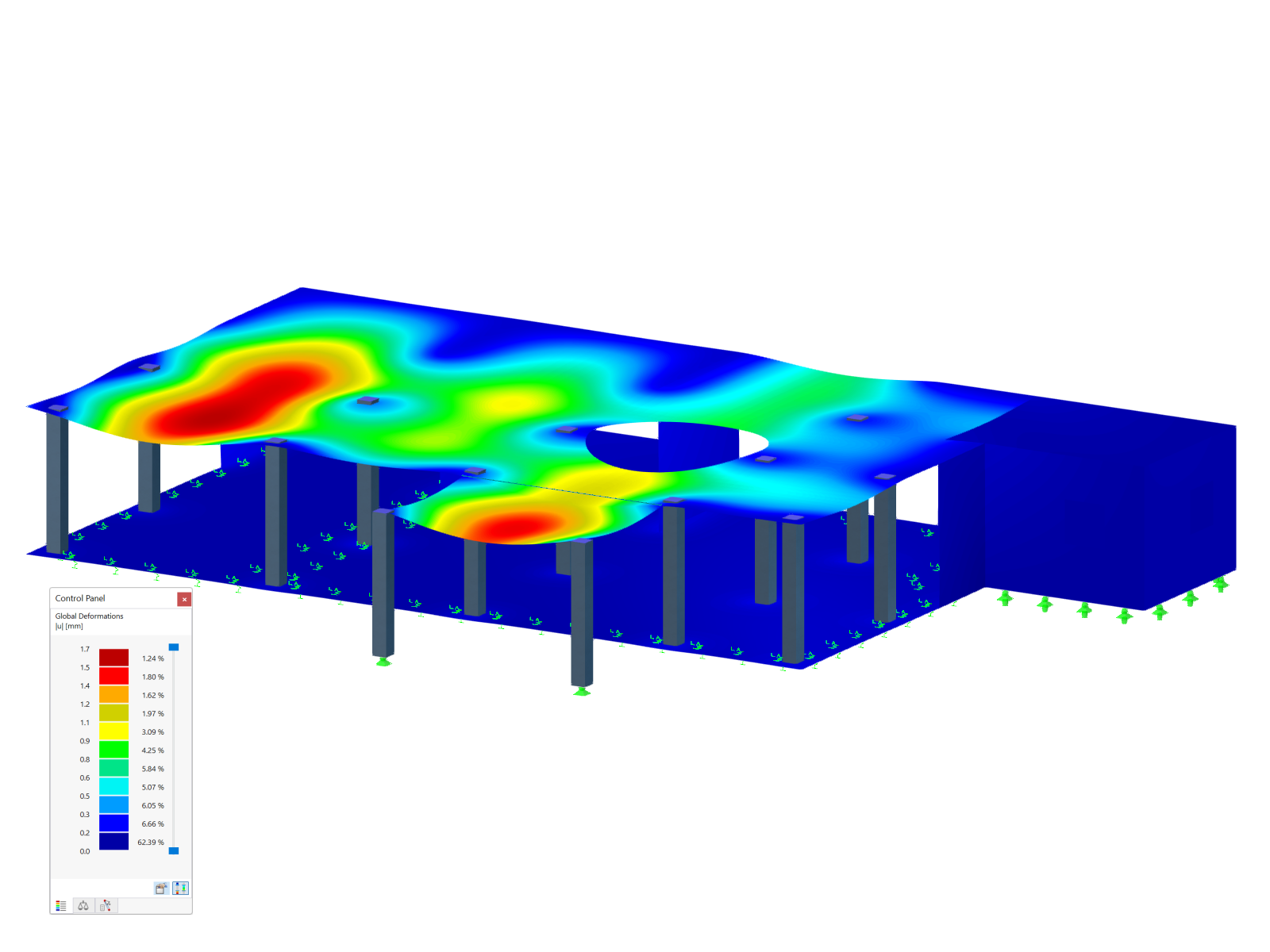
The Time-Dependent Analysis (TDA) add-on allows you to consider the time-dependent material behavior of members and surfaces. The long-term effects, such as creep, shrinkage, and aging, can influence the distribution of internal forces, depending on the structure.
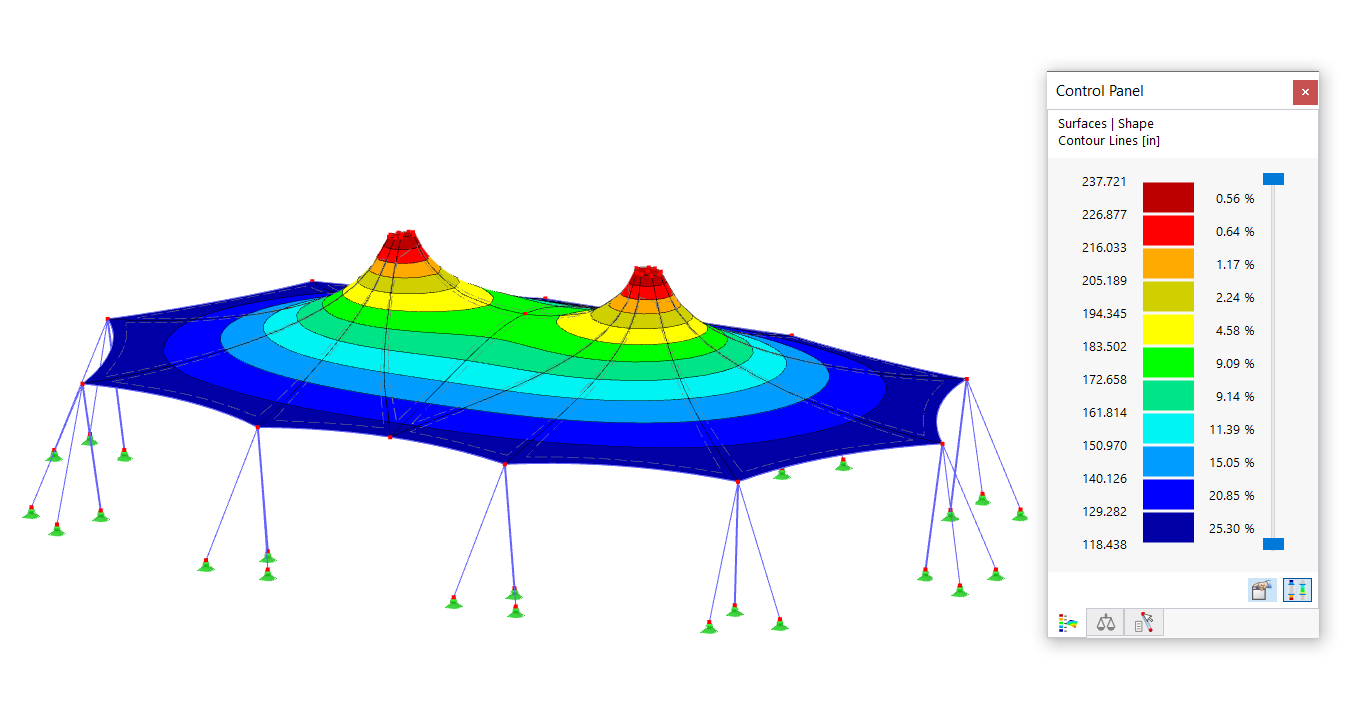
The Form-Finding add-on finds the optimal shape of members subjected to axial forces and tension-loaded surface models. The shape is determined by the equilibrium between the member axial force or the membrane stress and the existing boundary conditions.
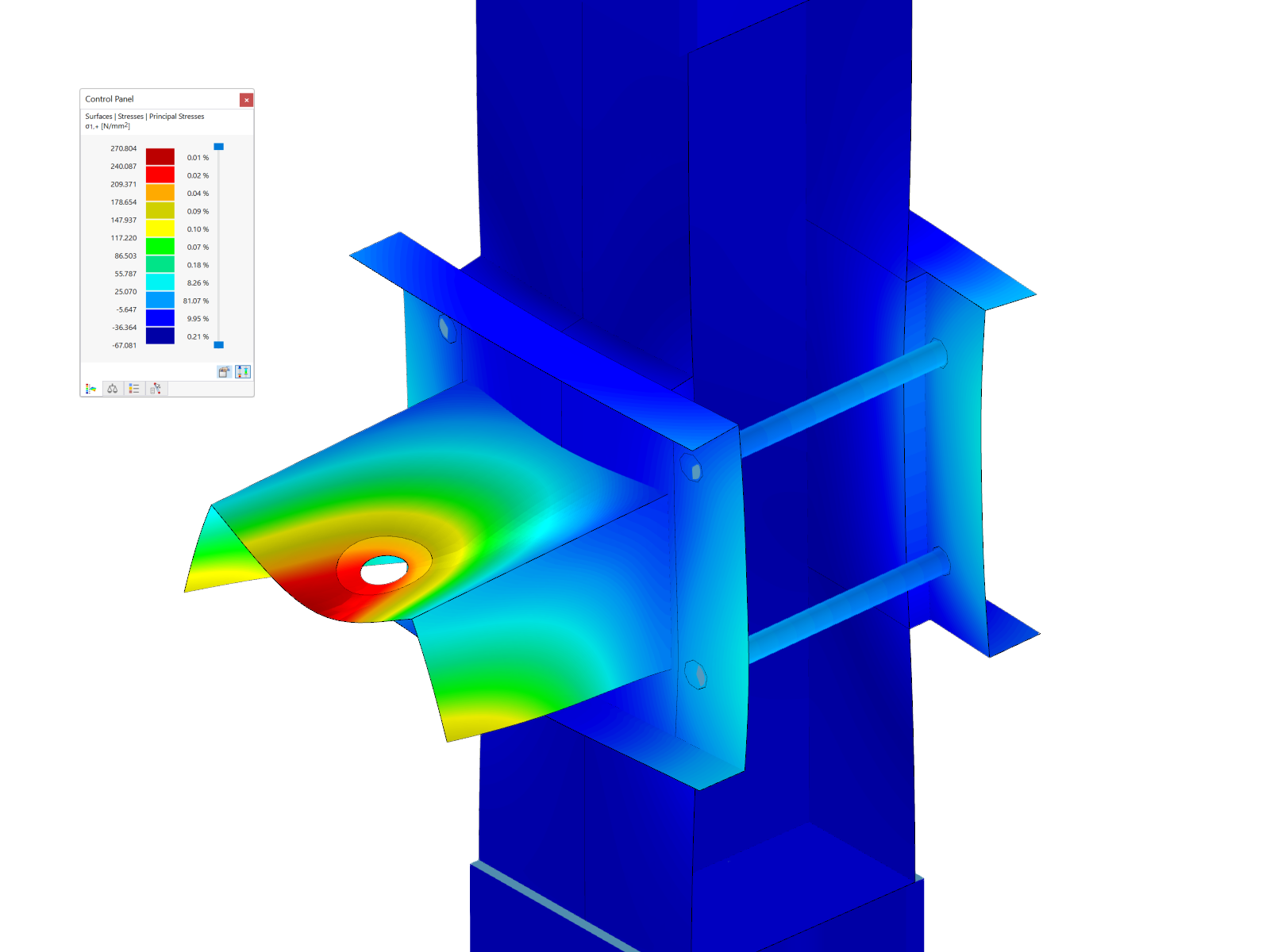
The Stress-Strain Analysis add-on performs general stress analysis by calculating the existing stresses and comparing them with the limit stresses.
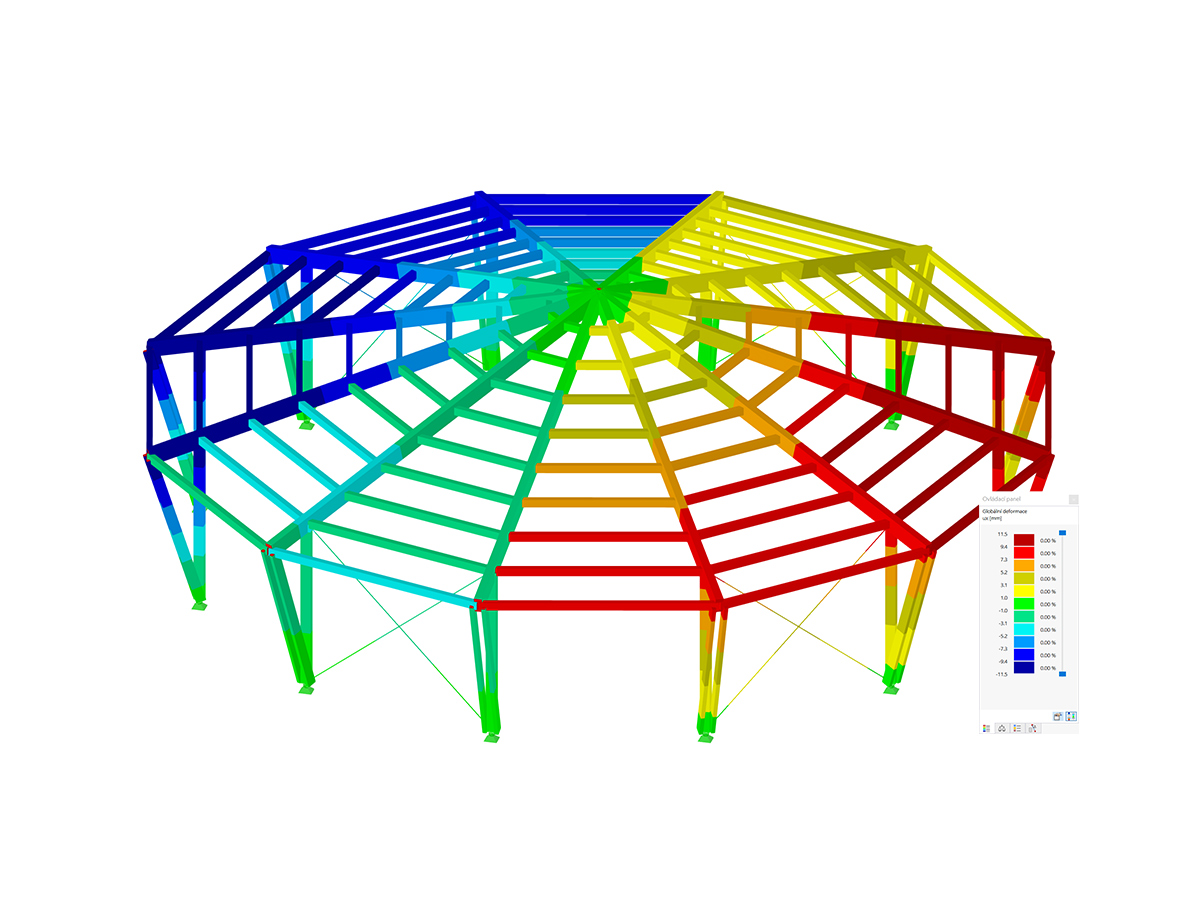
The modern 3D structural analysis and design program is suitable for the structural and dynamic analysis of beam structures as well as the design of concrete, steel, timber, and other materials.

The Steel Design add-on performs the ultimate and serviceability limit state design checks of steel members according to various standards.

The Structure Stability add-on performs the stability analysis of structures. It determines critical load factors and the corresponding stability modes.

The Stress-Strain Analysis add-on performs a general stress analysis by calculating the existing stresses and comparing them to the limit stresses.

The Torsional Warping (7 DOF) add-on allows for considering cross-section warping as an additional degree of freedom when calculating members.

The Modal Analysis add-on allows for the calculation of eigenvalues, natural frequencies, and natural periods for member, surface, and solid models.

Earthquakes may have a significant impact on the deformation behavior of buildings. A pushover analysis allows you to analyze the deformation behavior of buildings and compare them with seismic actions. Using the Pushover Analysis add-on, you can analyze the seismic actions on a particular building, and thus assess whether the building can withstand the earthquake.
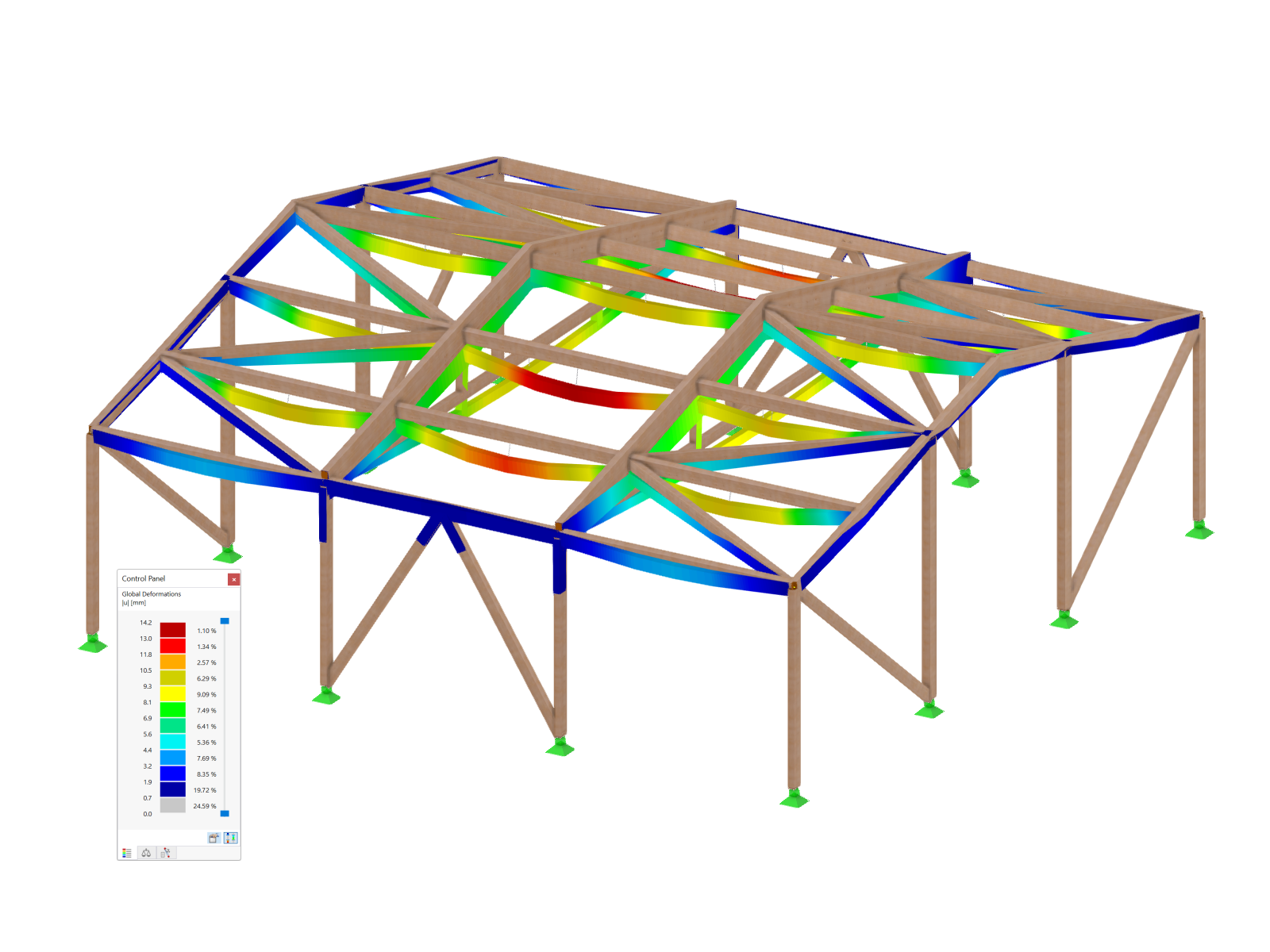
The Timber Design add-on performs the ultimate, serviceability, and fire resistance limit state design checks of timber members according to various standards.
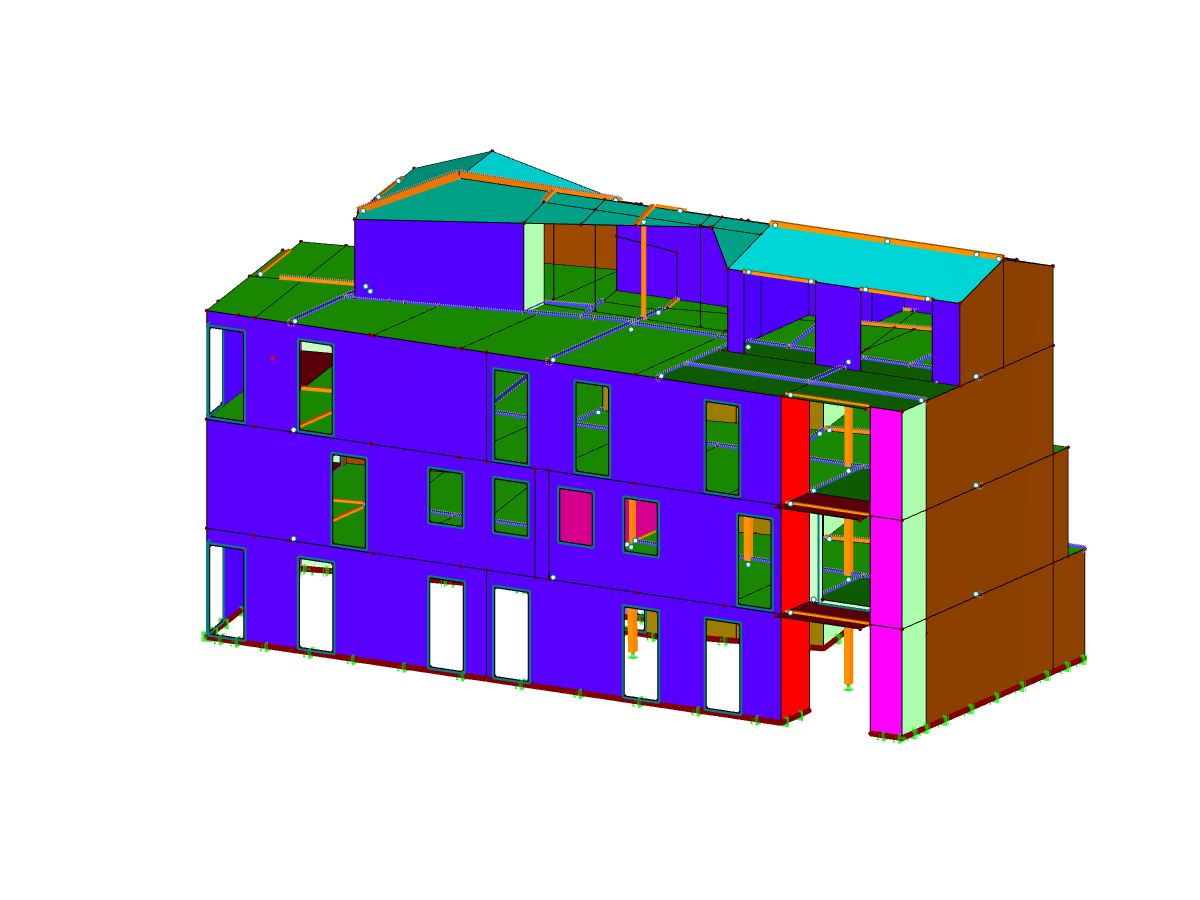
The Multilayer Surfaces add-on allows you to define multilayer surface structures. The calculation can be carried out with or without the shear coupling.
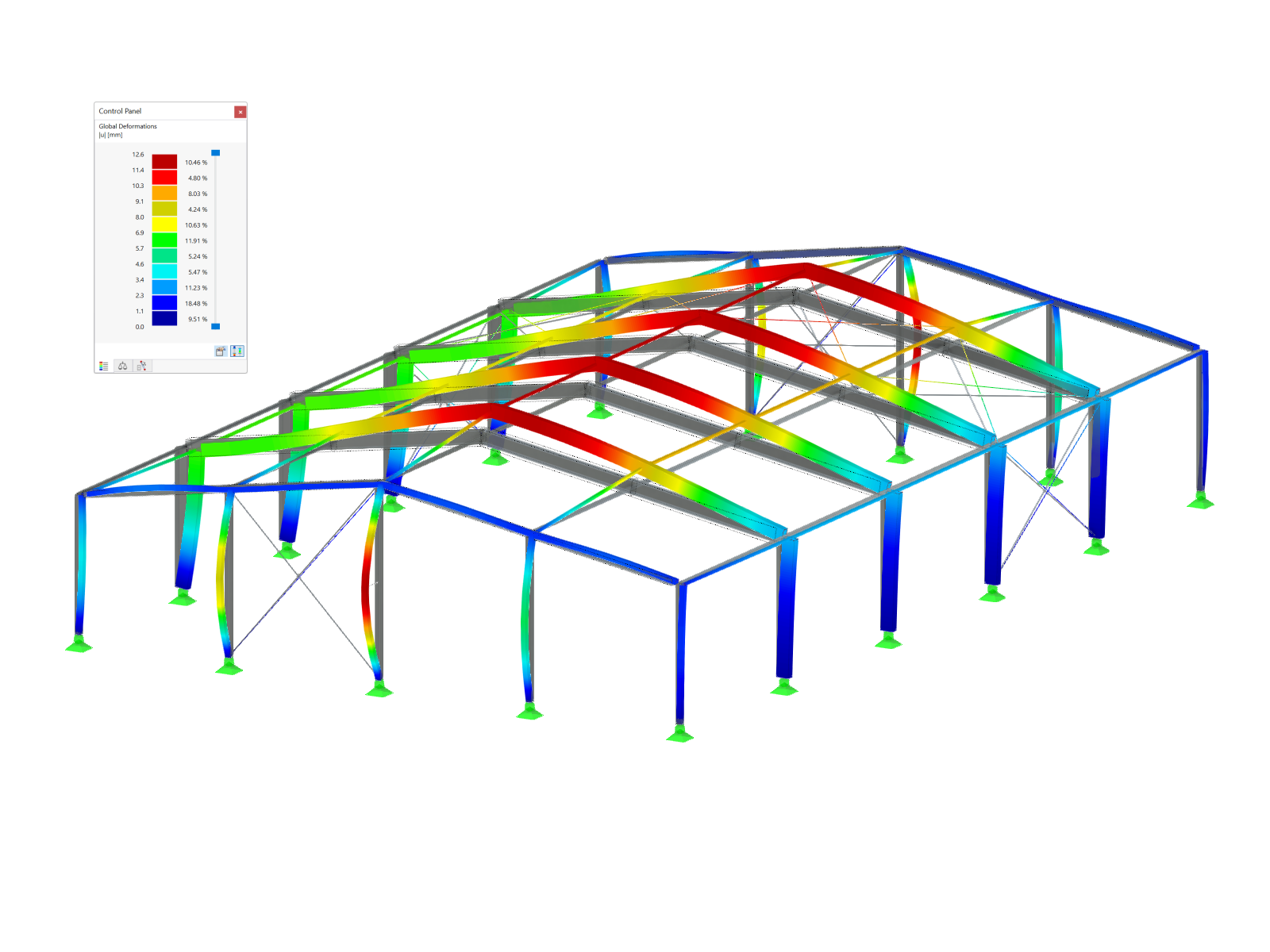
The Aluminum Design add-on performs the ultimate and serviceability limit state design checks of aluminum members according to various standards.

Concrete Design add-on allows for various design checks of members and columns according to international standards.

The Timber Design add-on performs the ultimate, serviceability, and fire resistance limit state design checks of timber members according to various standards.

The Aluminum Design add-on performs the ultimate and serviceability limit state design checks of aluminum members according to various standards.

With the Concrete Foundations add-on, you can design square and rectangular individual foundations. In addition to the reinforced concrete design, geotechnical verifications are also carried out. You also determine automatic reinforcement suggestions and receive detailed reinforcement plans and 3D renderings of the foundation structures.

The two-part Optimization & Costs / CO2 Emission Estimation add-on finds suitable parameters for parameterized models and blocks via the artificial intelligence (AI) technique of particle swarm optimization (PSO) for compliance with common optimization criteria. Furthermore, this add-on estimates the model costs or CO2 emissions by specifying unit costs or emissions per material definition for the structural model.

The two-part Optimization & Costs / CO2 Emission Estimation add-on finds suitable parameters for parameterized models and blocks via the artificial intelligence (AI) technique of particle swarm optimization (PSO) for compliance with common optimization criteria. Furthermore, this add-on estimates the model costs or CO2 emissions by specifying unit costs or emissions per material definition for the structural model.

Timber design of single-span and wide-span glulam beams according to Eurocode 5 or DIN 1052

Timber design of simple, continuous, and Gerber beams with or without cantilever according to Eurocode 5 or DIN 1052

Timber design of rectangular and circular columns according to Eurocode 5 or DIN 1052

Timber design of coupled purlins and continuous beams according to Eurocode 5 or DIN 1052

Timber design of three-hinged frames with finger joint connections according to Eurocode 5 or DIN 1052

Timber design of stiffening truss bracing according to Eurocode 5 or DIN 1052

Timber design of flat, monopitch, and duopitch roofs according to Eurocode 5

The Response Spectrum Analysis add-on performs seismic analysis using the multi-modal response spectrum analysis. The spectra required for this can be created in compliance with the standards or can be user-defined. The equivalent static forces are generated from them. The add-on includes an extensive library of accelerograms from seismic zones that can be used to generate response spectra.
